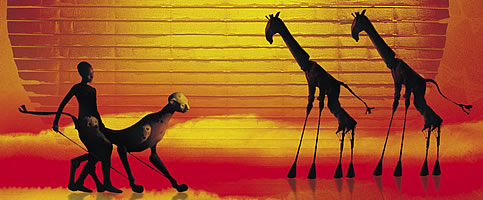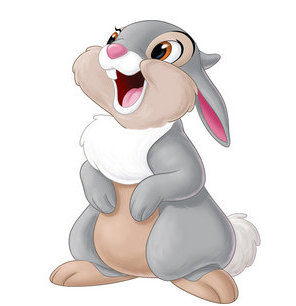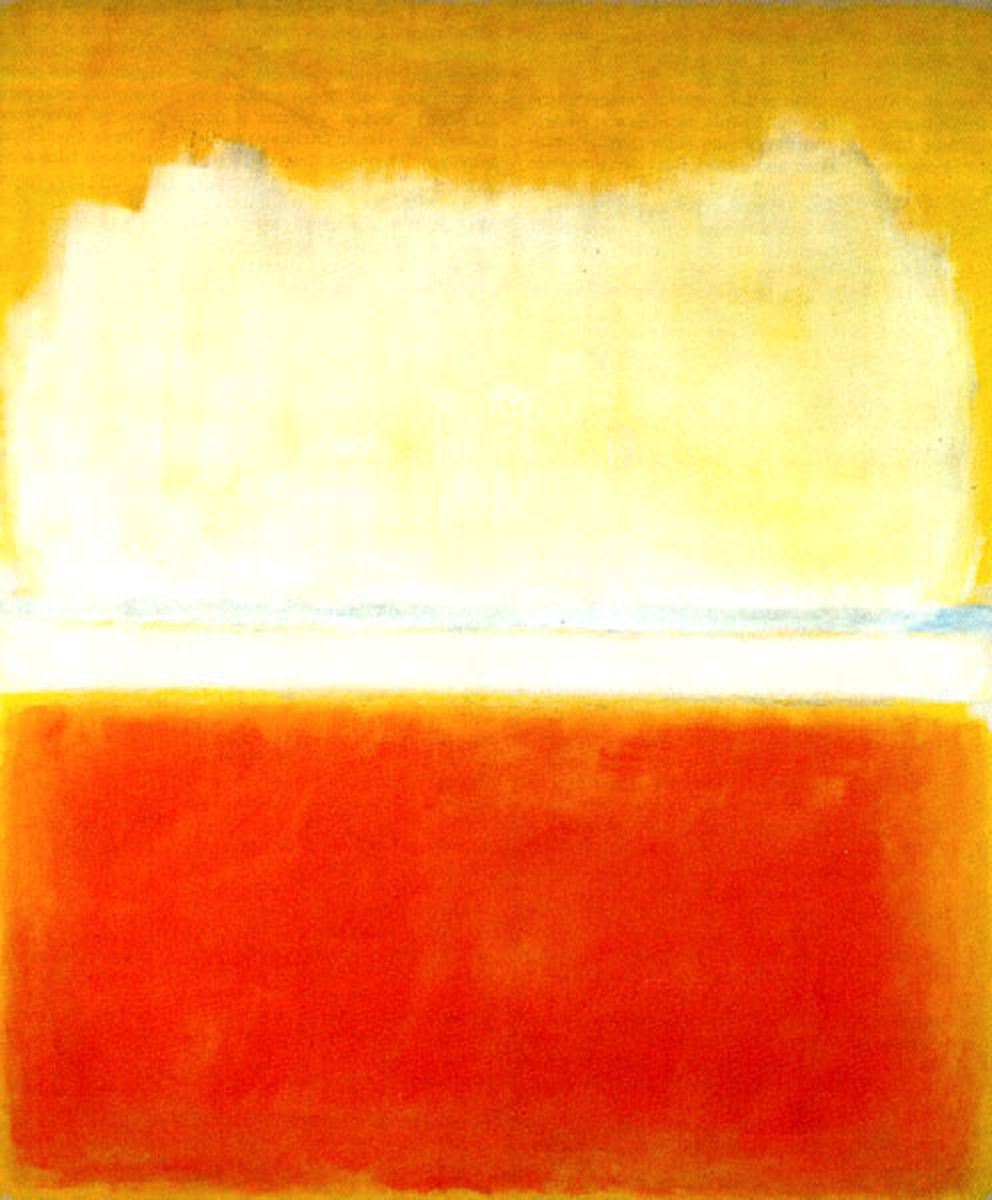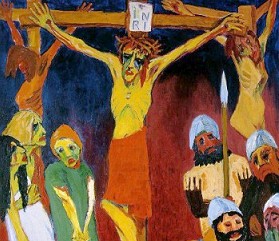Modern expressionism began after the second world war and began to take form during the 1950's. it was thought to be way for people to release their feelings and thoughts into a more creative outlet. The leaders in this time of work were people such as Pollock, Still, Motherwell, Kline and Rothko.
Something that made some of the modern expressionism work more interesting was the scale that they worked on. They were usually larger pieces as many of the artists have said it allows them to get 'into' the painting. Meaning they can connect with it and feel the way the piece should progress.
Pollock worked on large scale and placed his canvas' on the floor. He also used foreign objects contained in his paint, such as sand, pebbles, broken glass and string. These added a whole new dimension to his work as it began to incorporate texture as well.
Expressionism allowed for free movement, not having to stick to any compositional rules in their work. Expressionism is so interesting because the whole canvas is the main subject of the painting, unlike a portrait where the subject of the work is the person whose portrait it is. This means that the eye keeps moving over the piece trying to find a main subject of the piece, something to concentrate on.
Personally I like Pollock's work, I feel like I could look at it for hours and still find something new that I had over looked at first glance. However I cannot say the same for expressionist work by artists such as Rothko.
Although many enjoy his work, I am not one of them. I feel that his work is flat and devoid of life, which does not appeal to me. Not only this but it doesn't capture my imagination or interest like the work of Pollock or Kline. I feel like at a glance, I have already taken in all the information that the piece has to offer and therefor their would be no merit in me looking at it any longer. Essentially, I find it boring as hell. I find it strange to thing that work by Rothko is even from the same time period and movement as that of people like Kline.
Even though his work has barely any colour at all, it has much more life than any of the work I have seen by Rothko. The lines seem to tell a story, represent something and show some kind of emotion to me where as Rothko's work effects me in no means at all. If that is what he was trying to achieve then he has done a cracking job.






















































